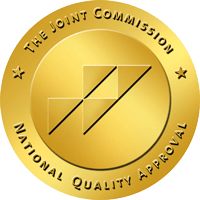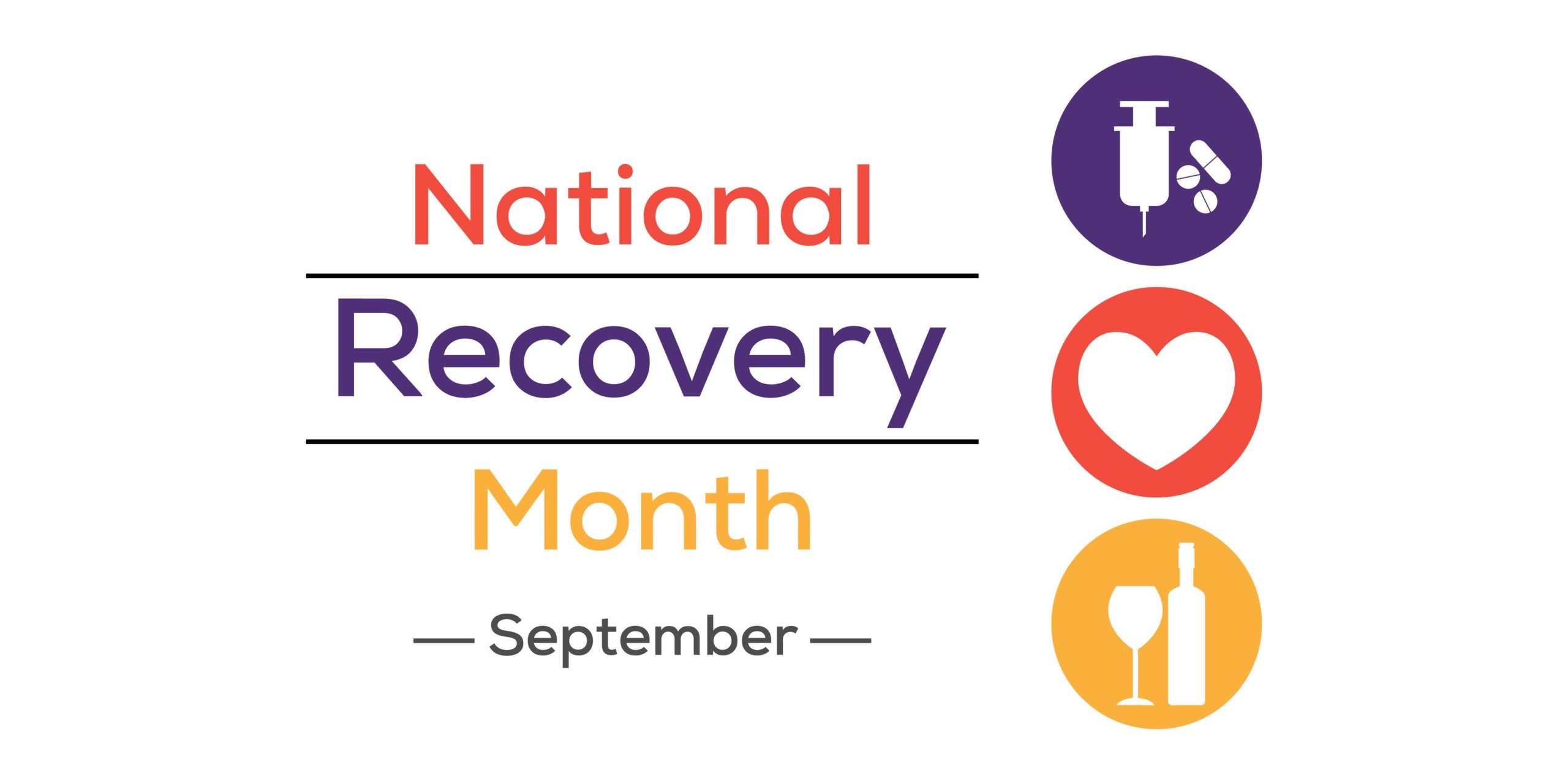Each September, we celebrate National Recovery Month. This observance serves as a reminder to spread the good word about recovery from substance use disorder—not only is it possible, but it is common. Read on for more information about addiction, treatment, and lifelong recovery.
History of National Recovery Month
In 1989, the National Substance Abuse and Mental Health Services Administration (SAMSHA) launched the first National Recovery Month to celebrate those who have overcome substance use disorder. Organizers also hoped to provide hope to those still fighting in their journey to recovery. Along the way, they began to spread awareness about substance use disorder and the mental health crisis that surrounds it. Ever since then, September has been a symbolic month for recovery and mental health. You can learn more about National Recovery Month on SAMSHA’s website.
Effects of Substance Use Disorder
When someone is suffering from substance use disorder (SUD), their mental and physical health are not the only parts of their lives that can be harmed by the condition. SUD changes the way the brain functions. It also impairs a person’s ability to fully control their decision-making. Because of this, relationships and careers can be damaged or destroyed by SUD, along with one’s financial well-being and overall stability. While the path to recovery can be challenging, it is always within reach and completely worth it.
What Does Recovery Mean?
Recovery is a journey that everyone who struggles with substance use experiences differently. Many experts classify it as a non-linear process, to eliminate the idea that it happens easily or without setbacks. Overcoming substance use involves the psychological, physical, and social healing from the damage substance use disorder caused.
How Do People Recover?
Residential rehabilitation centers are a fantastic resource for people struggling with SUD, as they provide safe environments free of temptation for the recovery process to start. These facilities employ licensed experts on SUD and mental health who can help sufferers in a space designed for their well-being. Residents of these facilities receive constant help and support through the recovery process. In many cases, programming extends after a client has returned home, which ensures long-term success.
What Does Recovery Look Like?
Apart from achieving sobriety, recovery might mean repairing relationships with people that were harmed as a result of one’s substance use. It also involves personal reflection intended to identify the psychological and emotional problems that led one down a path of substance use. This is not an easy step to take, since healing from things like trauma, troubled childhoods, difficult marriages, and other unfortunate circumstances can be very painful. However, this is a necessary pain that involves fully accepting who you are and the reality of what has happened to you. That process of personal growth defines the path to recovery.
Help Is Out There
If you are struggling with substance use disorder, it’s important to remember that you aren’t alone. At Pillars Recovery, we offer the tools and supportive environment to help you heal. We provide detox and primary treatment for substance use disorder, as well as outpatient aftercare services.
Our men’s center at Newport Beach and women’s center at Laguna Beach offer serene escapes from the suffocation of substance use disorder, so you can focus on your emotional, physical, and social healing.
If you are ready to start the journey to recovery, contact us at Pillars Recovery to speak to our team.







